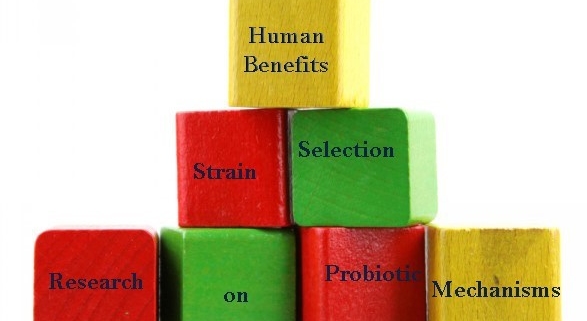Importance of understanding probiotic mechanisms of action
By Prof. Sarah Lebeer, Universiteit Antwerpen, Belgium
At present, we do not fully understand the mechanistic basis of many well established probiotic health benefits. This limits our ability to predict which probiotics are likely to be effective.
For instance, prevention of antibiotic-associated diarrhea and necrotizing enterocolitis are health benefits that are well substantiated by meta-analyses, which combine results on many probiotic strains. But what the effective strains have in common from a mechanistic perspective is not known. We cannot yet pinpoint one or a few molecules produced by these strains that might drive the clinical effects. This is likely due to interplay between both host and probiotic factors. These health conditions are complex pathologies and the probiotic strains are living micro-organisms likely working through multiple mechanisms and molecules.
This is in contrast to some more clearly defined situations. Lactose maldigestion results from a deficiency in the enzyme lactase, which is required for converting lactose to glucose and galactose in the small intestine. If lactose is not broken down, it reaches the colon and is fermented by the gut microbiota, leading to symptoms. Some probiotic bacteria (including those present in yoghurt) contain lactase, which can reduce the typical symptoms of lactose digestion.
Several colleagues and I published a recent paper (Kleerebezem et al. 2019) discussing the importance of understanding mechanisms of action. We argue that such knowledge will enable: “(i) selection of more effective probiotic strains; (ii) optimization of probiotic product manufacturing and quality assurance, (iii) improved design of probiotic formulation, and (iv) support of the design of effective clinical trials with the best chance of realizing benefits to human health.”
While knowledge of the mechanism of action is not necessary for translation to effective products, it provides important insights that can improve actions throughout the translational pipeline.
The strain-specificity of different mechanisms of action is another point that will be clarified by future mechanism-focused research. Different probiotic strains clearly express different mechanisms, but some mechanisms are also shared (Sanders et al. 2018). How different host- and probiotic-specific factors interact to achieve a clinically successful intervention remains to be unraveled.















